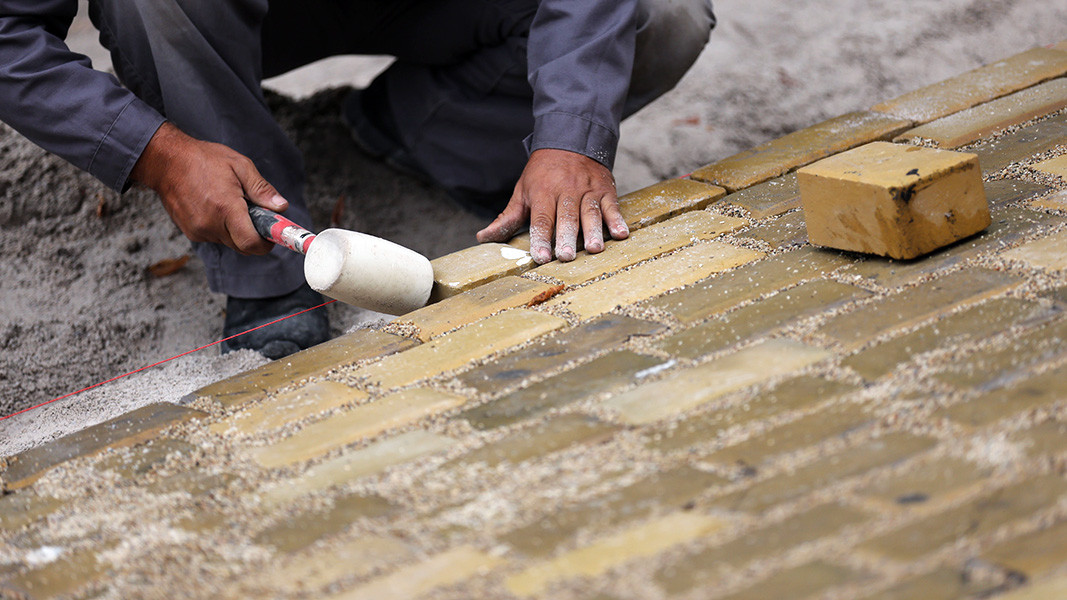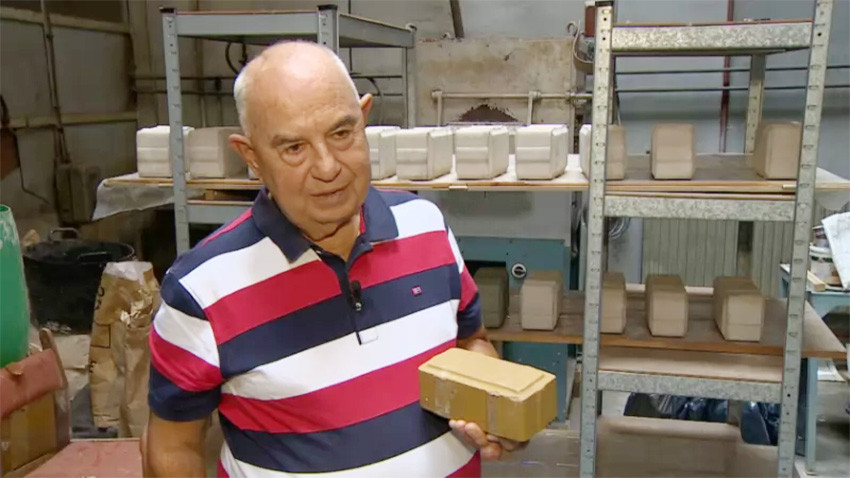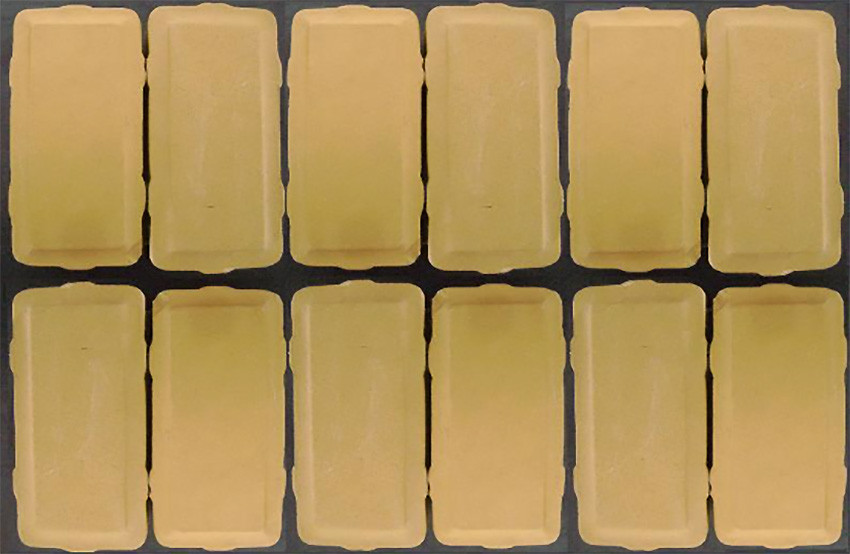Two world wars, bombings, socialist marches with tanks and heavy trucks, civil protests and recent renovations... The emblematic yellow pavement of Sofia has experienced a lot for the past 116 years! The iconic pavement is now declared a cultural and historical heritage. It is said that the paving blocks were imported from Austria-Hungary in 1907. In the first decade of the 20th century, the central streets of the Bulgarian capital were covered with them. We still see them today in the center of Sofia near the "St. Alexander Nevsky" cathedral and the National Assembly, the former royal palace and the National Theater.

However, no one produces exactly this type of ceramic pavement blocks anymore. Imports have long been discontinued and the beautiful yellow pavement that the citizens of Sofia are so proud of is irretrievably crumbling. Attempts to constantly rearrange the paving stones and replace them with old ones do not give the desired results. These days, one of the symbols of the capital city has once again entered the news because of yet another not very successful repair attempt.

After the rearrangement of the pavement in front of the parliament, which continued for over two months, the paving stones are now in different shades of yellow to the outrage of Sofia residents. According to the office that supervises the construction site, the reason was that the pavement blocks in question were combined from different series of production and some of them were subjected to longer exploitation than others over the years.

"I have no explanation why some are very light while others are very dark," Prof. Lyuben Lakov from the Institute of Metallurgy at the Bulgarian Academy of Sciences says. Together with his colleagues he had been searching for years for a way to produce a 100 percent analogue of the 100-year-old yellow paving blocks. Some time ago, Bulgarian scientists discovered the formula of their unique structure. Now, the professor's team has perfected it and is already preparing a series of brand new yellow paving stones for Sofia.
"The cultural and historical heritage from more than 100 years ago is a benchmark. The new pavement is the same in composition, with the same physico-mechanical and other properties, as it has the same mineral phases as the original. The size, volume and color is the same. Lets mention that the original color of the pavers in Sofia is ochre, not yellow as we often define it. For us scientists, colors and nuances are so many that they are expressed in numbers. So, the paving blocks that we created are identical in color to the original," Prof. Lakov says.

The paving blocks produced by BAS were subjected to a thorough analysis at the Technical University in Sofia. "It turns out that they are even a bit more resistant to dry and wet rubber and are not as slippery as the original. They are the same in color, size and shape," Prof. Lakov says and adds:
"We have a contract with the Municipality to produce a pilot series of 250 blocks. Our deadline is Christmas, as we work in an institute, not in a factory. However, we produce them with the appropriate mold equipment, formulation preparation, pressing, drying, heat treatment... We are ready to hand over the first series on time, but when and where our pavement will be used depends on the municipality. In my opinion, the Sofia Municipality is unlikely to invest in the construction of a factory for yellow pavement. That's what the business needs to do."

Prof. Lakov has even checked the possibility for existing factories in this country, for example those in Vidin and Kazanlak, to start the production of the specific paving blocks, so that they can be used not only for the center of Sofia but also in other cities in Bulgaria and maybe abroad.
Read more about the past and present of Sofia:
The traditional Bulgarian Christmas picnic, organized by the Bulgarian Cultural and Social Association "Rodina - Sydney" and the Bulgarian School "Dr. Petar Beron", will take place on December 8 , 2024 in St. Leonards Park in Sydney. "We have..
The Bulgarian national minority in Albania is one of the largest in the country, according to data from the latest official population census. A total of 7,057 individuals identified as Bulgarians. For comparison, 23,000 people identified as Greeks,..
From today, residents of Stara Zagora, young and old, can send their letter to Santa Claus. A letterbox has been set up in the foyer of the city's State Puppet Theatre to collect messages for Father Christmas. The cultural institution guarantees that..
The traditional Bulgarian Christmas picnic, organized by the Bulgarian Cultural and Social Association "Rodina - Sydney" and the Bulgarian School..
Two graduates of the Bulgarian School "Saints Cyril and Methodius" in Jordan presented their achievements at an event at their school "Hadi al Muhammadi"..
Radmila Sekerinska from North Macedonia appointed NATO Deputy Secretary General NATO Secretary General Mark Rutte has appointed Radmila Sekerinska..

+359 2 9336 661
